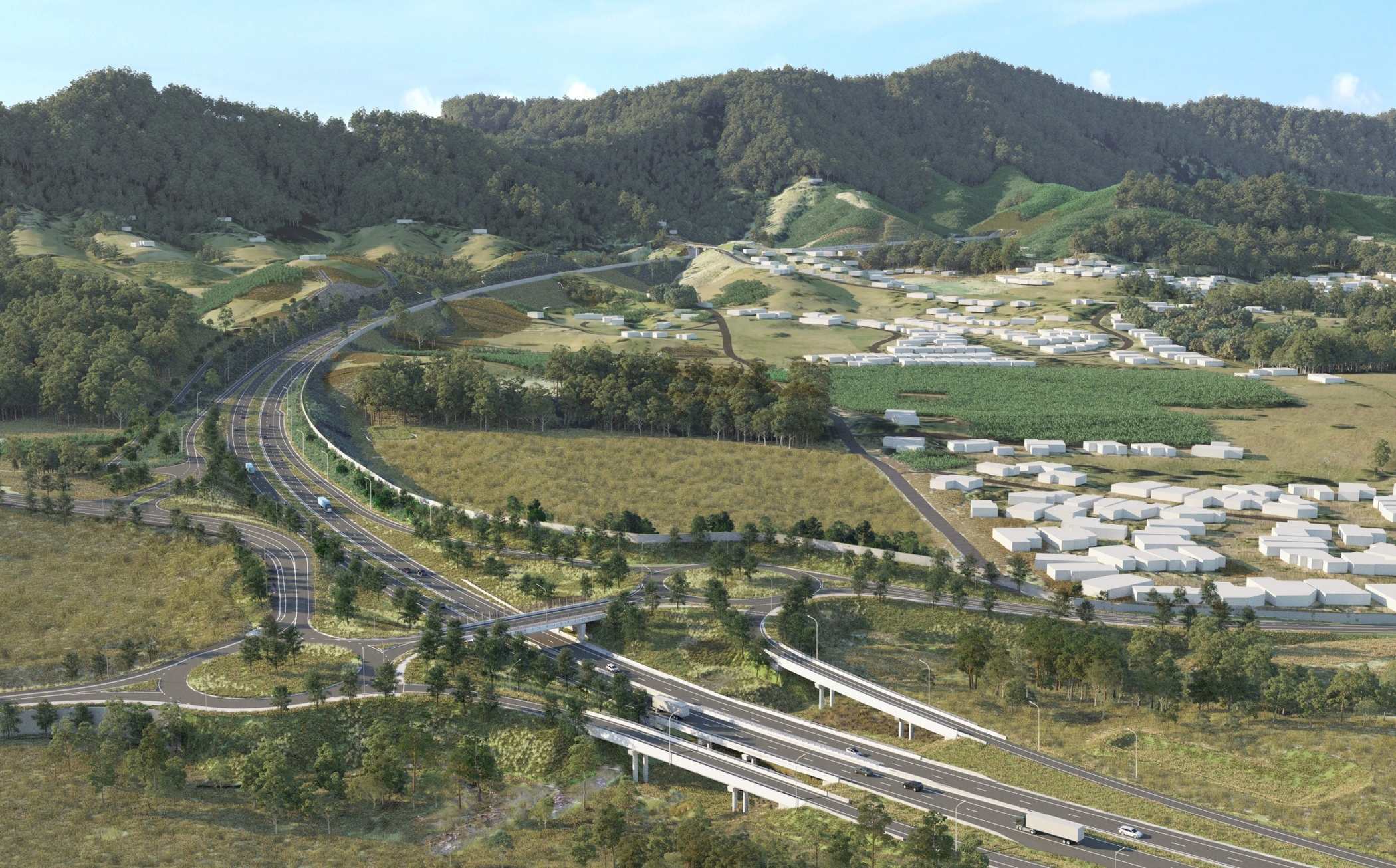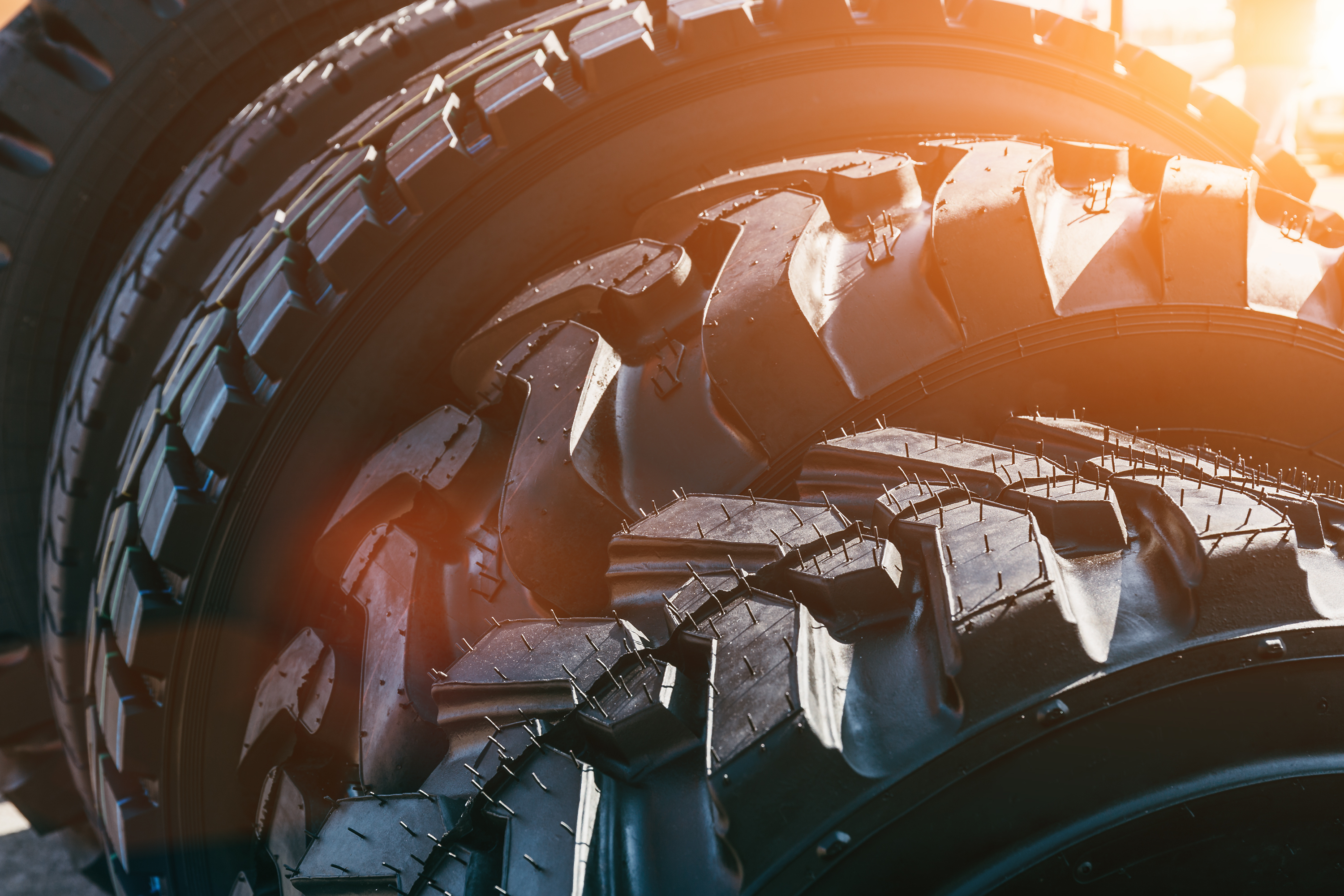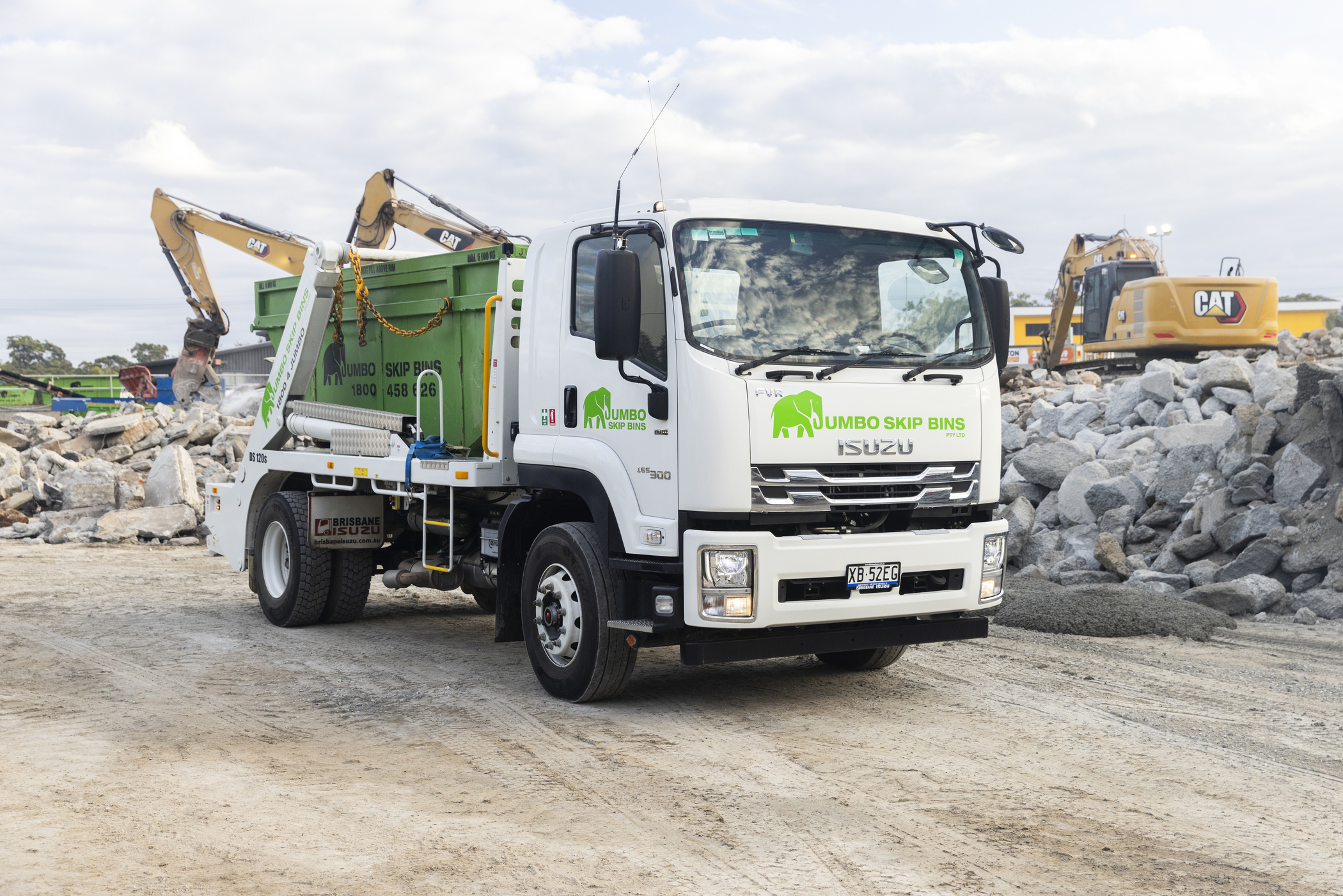TEN TRUCK TECHNOLOGIES TO GET YOU HOME SAFELY

 It will surprise no Australian road user that each year, the country’s roads get busier. Since 1990, the volume of traffic on Australia’s roads has risen more than 50%. And yet despite becoming far busier, Australian roads have also become safer. The annual death toll from road accidents has fallen by 57% since 1990. The stats for trucks are even more striking. Since the turn of the decade alone, there’s been a 26% fall in fatal crashes involving heavy vehicles. Today’s trucks bristle with technology that makes them safer than ever, for driver and fellow road users alike. Here’s our roundup of some of the most important pieces of truck safety technology, from the humble seatbelt to the latest autonomous electronic gadgetry.
It will surprise no Australian road user that each year, the country’s roads get busier. Since 1990, the volume of traffic on Australia’s roads has risen more than 50%. And yet despite becoming far busier, Australian roads have also become safer. The annual death toll from road accidents has fallen by 57% since 1990. The stats for trucks are even more striking. Since the turn of the decade alone, there’s been a 26% fall in fatal crashes involving heavy vehicles. Today’s trucks bristle with technology that makes them safer than ever, for driver and fellow road users alike. Here’s our roundup of some of the most important pieces of truck safety technology, from the humble seatbelt to the latest autonomous electronic gadgetry.
SAFETY IN THE CAB
1. Suspension Seats With Integrated Seatbelts
It may not be the most exciting piece of technology, but no single piece of safety gear has come close to saving as many lives as the seatbelt. A recent U.S. study showed wearing a seatbelt more than halved a truck driver’s risk of injury. But the seatbelt can’t save you if you aren’t wearing it. One of the most common reasons truck drivers don’t belt up is because they find it uncomfortable. An air-sprung seat, and a seatbelt anchored to the B-pillar, made a particularly chaffing combo. Integrating the seatbelt into the suspension seat is a far more comfortable solution – one that’s helped seatbelt use jump from less than a quarter of truck drivers in 2000 to more than three quarters today.
2. Pre-Tensioning Seatbelts
Seatbelts first became mandatory in new trucks in Australia in 1977, but the technology hasn’t stood still. Trucks today incorporate electronic sensors that instantaneously detect a collision. The sensor activates a small explosive charge in the seatbelt that rapidly reels in any slack, pinning the driver to the seat and preventing any chance of slipping under the belt.
3. Airbags
Crash sensors also fire the truck’s airbags, cushioning occupants’ bodies from the steering wheel and other hard bits of cab. Airbags and seatbelt pre-tensioners make a powerful partnership, the pre-tensioner helping hold the occupant in the right position for the airbag to do its job. The duo is especially effective in frontal crashes, where a driver is at risk of injury against the steering wheel.
STARTING
4. Hill Start Aid
It’s a sensation every driver has experienced – stopped on a steep incline, the lights go green, and there’s that moment of roll-back as you lift your foot off the brake to step on the accelerator. With a heavy load on a steep slope, there’s always the risk of rolling back quite a distance – and collecting whatever lies in your path. Automatic transmissions with hill-start technology keep the brakes applied after you lift your foot off the pedal, holding the truck until you can apply the accelerator and the engine shoulders the load. Not just safer – kinder to transmissions too.
5. Anti-Skid Regulator (Traction Control)
The other challenge to a smooth, safe getaway, especially on a wet road, is wheel spin. Wheel spin can also catch the unwary driver while cornering on slippery surfaces, causing the rear to break into a skid and the whole truck to slide off into the undergrowth. Anti-skid regulators take wheel speed readings from each wheel to detect wheel spin. The system will either reduce engine torque until spinning stops, or in smarter versions, will also apply brakes to the spinning wheel, thereby transferring engine torque to the wheels that do have grip.
STOPPING
6. Anti-Lock Braking Systems (ABS)
Wheel speed sensors can also detect when a wheel locks under heavy braking. A locked wheel slides across the road rather than biting into it, so can’t effectively slow the truck. Locked front wheels can’t steer, either, turning the driver into passenger. ABS rapidly pulses the brake on the locked wheel, maintaining rotation and keeping the tyre gripping the road. From January 2015, it became mandatory in Australia that all heavy vehicles and trailers be fitted with ABS (or load proportioning in the case of some trailers) – a move the federal government predicted would save more than 50 lives over the next 30 years.
7. Electronic Brake Force Distribution (EBD)
An even more sophisticated form of assisted braking, EBD doesn’t just release braking pressure on locking wheels – it can also boost the braking pressure to the wheels with greatest grip, according to the load on each axle. The result is an even shorter stopping distance and no locked wheels. Avoiding lock-ups also prevents tyres becoming flat-spotted and having to be replaced.
8. Electronic Stability Control (ESC)
Weaving around an unexpected obstacle in the road, or simply overestimating the safe speed through a corner, are scenarios where ESC comes into its own. This complex system of electronic smarts, sensors and hydraulic actuators can sense when the truck is reaching the limits of grip, and apply corrective measures. ESC can cut engine torque and selectively brake certain wheels to keep the truck safely on the narrow black ribbon of tarmac.
9. Collision Alert
Becoming distracted at the wheel can happen to anyone. Electronic safety systems remain just as alert at the end of a long shift as they are at the beginning. Collision alert uses proximity sensors such as radar or sophisticated cameras and software to monitor the environment around the truck and spot looming obstacles. If it senses an impending crash, the system sound an audible alarm to alert the driver of the threat in time for them to hit the brakes. The latest versions can even autonomously apply the brakes. This feature is becoming commonly known as Autonomous Emergency Braking or AEB.
10. Front Underrun Protective Devices (FUPDs)
These devices come into play if the worst happens and a truck and smaller vehicle do collide, either head-on, or the truck runs up the back of the car. During these collisions, it’s the occupants of the car that tend to come off far worse. FUPDs lower the frontal structure of the truck to ensure the collision occurs bumper to bumper, preventing the sickening scenario in which the car slides under the truck, crushing its passenger compartment. The lower point of impact created by the FUPD allows the occupant protection systems of the smaller vehicle to operate as designed, such as airbags and passenger safety cells. FUPDs are estimated to reduce fatal crashes by 15%, and serious injury crashes by 30%. It protects the underbelly of the truck, too, so the steering system isn’t wiped out and the driver can potentially avoid secondary collisions. To find out more about Isuzu Electronic Stability Control (IESC) watch this short video.


Playtime’s over, get $3,500* to spend on extras.
If you’re ready to get serious about tackling bigger jobs, grab yourself an NLR 45-150 AMT SWB Traypack from the Ready-to-Work range for $62,990 drive away*. And to prove we aren’t playing, buy any NLR Traypack before June 30 and you’ll get $3,500* to spend on genuine accessories or an Essentials service agreement.
Learn more



